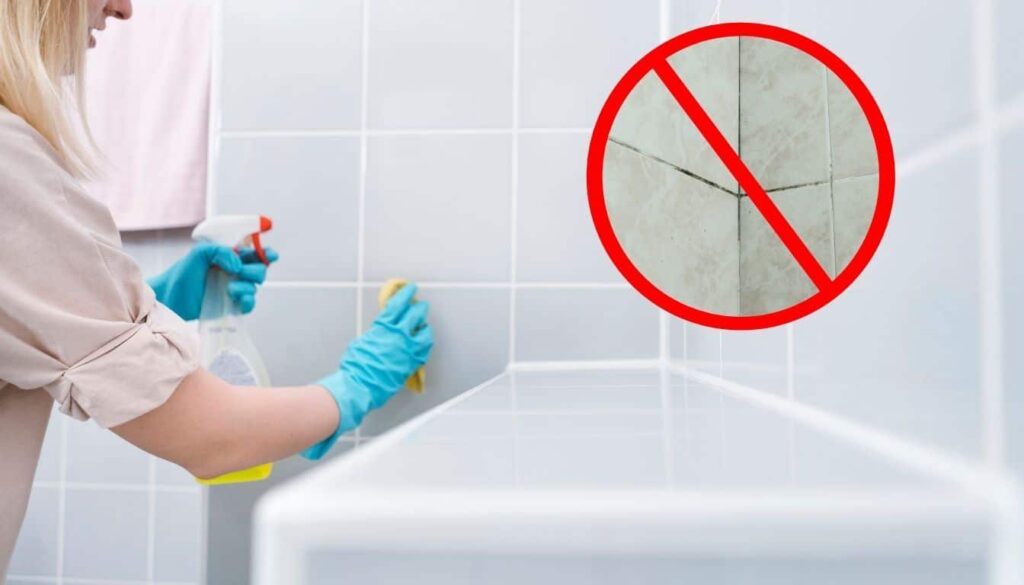Garden care requires attention and dedication, especially when it comes to fighting persistent pests such as cochinella. These small insects can cause serious damage to your plants, compromising their health and beauty.
Read on to understand how identify this invisible enemy and the most effective methods for delete it and keep your garden lush and healthy.
Characteristics and identification of cochinellas
The cochinella it is a small insect ranging from 2 to 4 millimeters. His coloring it ranges from dark brown to black, making it easily spotted on leaves and stems.
It has a hard, waxy armor that gives it protection against chemical attacks. They are often visible as small shiny points on the surfaces of plants, caused by their secretions. Pay attention to these signs to intervene promptly.
Why is cochinella a threat?
Despite its size, the cochinella it is a very aggressive parasite that feeds on the lymph of plants, stealing essential nutrients. Additionally, it produces a sticky substance called creeping which attracts ants and prevents photosynthesis of plants.
This process can lead to loss of leaves and the appearance of fungi such as black mold, which further damage the vegetable. It is essential to address the infestation to avoid irreparable damage.
Natural methods to fight cochinella
One of the most effective solutions to prevent and combat cochinella is the use of ecological methods. L’neem oil it is extremely useful as it inhibits the feeding and reproduction of the parasite.
Another method is theuse of potassium soap: Apply it every week to reduce honeydew. There diatomaceous earth it can be spread on plants, working as a dehydrator for insects.
Chemical solutions for serious infestations
In case of major infestations, it may be necessary to resort to chemical insecticides. Products containing pyrethrum o imidacloprid they are effective against cochinella.
It is important to follow the manufacturer’s instructions to avoid damage to the plant and to preserve thegarden ecosystem.
Prevention of infestations
A healthy garden is less prone to infestations. Check your plants regularly and keep them well fed. Avoid using fertilizers rich in of nitrogenas they can attract cochinellas.
Remember to clean the gardening tools to reduce the spread of the parasite and consider applying paraffin oil in winter to form a protective barrier.
Practical advice for a pest-free garden
To protect your plants, spray a mixture of neem oil e potassium soap every two weeks. Use sticky traps to control the ant population and practice regular pruning to encourage ventilation.







